Coislin Mansion is a "Hôtel Particulier" located at the corner of Place de la Concorde (originally Place Louis XV) and Rue Royale, and is number 4 on the Place. It is one of 4 hôtels particuliers that hide behind a single façade. It runs north-west from the Rue Royale and includes the Hôtel du Plessis-Bellière at no. 6, the Hôtel Cartier at no. 8, and the Hôtel du Duc d'Aumont at no. 10, which became the property of the Counts and later Dukes of Crillon in 1788. It is now occupied by the Hôtel de Crillon.
The Coislin Mansion, now leased to major corporations, is a landmark of Franco-American friendship.
This group of 4 private mansions is symmetrical with the Hôtel de la Marine (also a museum) on its eastern side, between Rue Royale and the Jardin des Tuileries.
The Coislin Mansion (Hôtel de Coislin) which almost became the Hôtel des Monnaies
The 4 hôtels particuliers were built "by default", on the site where the Hôtel des Monnaies (later known as the Bank de France) should have been built. The common north-west facade was to have been that of the first Hôtel de la Monnaie, just as the eastern facade became that of the Garde-Meuble de la Couronne until the Revolution (then it became the Ministère de la Marine until 2005). The Hôtel de la Monnaie was finally built on Quai Conti (where it stands today), and the freed-up land sold to the four families who built their private mansions there.
Construction of the Coislin Mansion (Hôtel de Coislin)
Architect Ange-Jacques Gabriel built the Coislin Mansion in 1770, commissioned by Marie-Anne de Mailly-Rubempré, marquise de Coislin, then duchesse de Mailly and royal mistress (of Louis XV - in 1755), born on September 17, 1732. She died in Paris on February 13, 1817. She married the Marquis Charles Georges René du Cambout de Coislin on October 8, 1750.
Later on, under the 1st empire, she became a friend and confidante of the writer Chateaubriand, who was her lodger between 1805 and 1807 in her Hôtel de Coislin. She discreetly lived through the Empire and was visited by the Comte d'Artois during the Restoration after 1815.
Franco-American history and the Coislin Mansion
The Coislin Mansion was the residence of Silas Deane (1737-1789), appointed secret envoy to France by the American Continental Congress from March 1776 (before the arrival of Benjamin Franklin) to March 1778.
He was responsible for negotiating financial aid. During these two years, Silas Deane worked in secret with the French Minister of Foreign Affairs, the Comte de Vergennes, as well as with the writer Beaumarchais, who was in charge of supplying the American insurgents with war equipment.
It was in this same hotel, on February 6, 1778, that the Treaties of Friendship, Commerce and Alliance between France and the United States were signed.
Under these treaties, concluded in the midst of the American War of Independence - in which France had sided with the Insurgents - France, represented by the diplomat Conrad Alexandre Gérard, on behalf of King Louis XVI. It recognized the independence of the young American Republic, represented by Benjamin Franklin, Silas Deane and Arthur Lee.
The treaties provided for military support and eternal peace between the two countries. They were the crowning achievement of Benjamin Franklin's diplomatic work, which began as soon as he arrived in France as a representative of the United States in December 1776.
As the plaque on the building's wall underlines, with this historic signature, France was the very first nation to recognize the independence of the United States.
The plaque of remembrance fixed on the Coislin Mansion
In tribute to Benjamin Franklin's diplomatic work, a plaque can be seen on the building at the corner of Place de la Concorde and Rue Royale, reading:
"In this hotel, on February 6, 1778, Conrad A. Gérard, on behalf of Louis XVI, King of France, Benjamin Franklin, Silas Deane, Arthur Lee on behalf of the United States, signed the Treaties of Peace, Commerce and Alliance by which France before any other nation recognized the independence of the United States.
Franco-American friendship in action: a (partial) copy of the Place de la Concorde built in the USA
A copy of the two buildings located on Place de la Concorde on either side of the Rue Royale (but without the Square) are located in Philadelphia. They were built by Horace Trumbauer and Julian Abele.
One of the buildings, which houses the Free Library of Philadelphia, is a replica of the Hôtel de Coislin.
The other building, a copy of the Hôtel de la Marine, stands on the site of the former Family Court of Philadelphia.


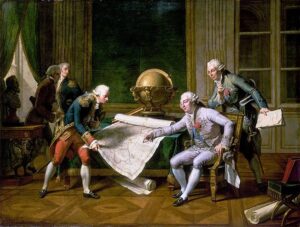
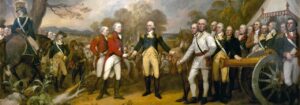
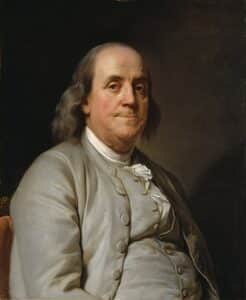
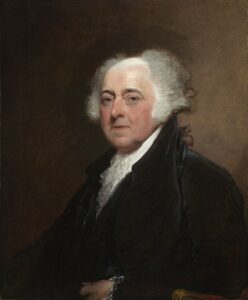
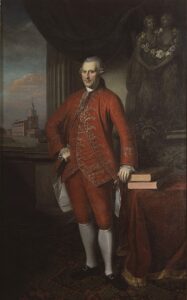
Add a review